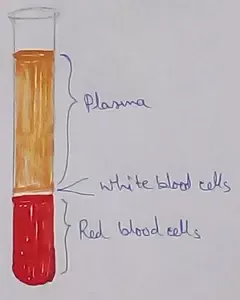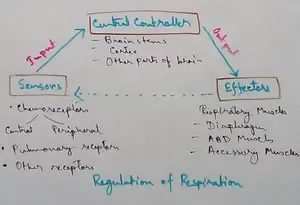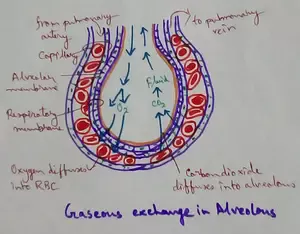Eating Habits of Animals
Here we will learn about the eating habits of animals. We know that different animals eat different kinds of food. They have mouth parts suitable to the food they eat. The shape and size of their teeth suit their food habits.
Teeth of Herbivores:
Herbivores have sharp, flat and broad front teeth. We all know that cows, goats, camels, etc. eat plants. They have sharp front teeth to pluck and bite the leaves of the plants. These animals also have strong and flat back teeth at some distance from the front teeth. These back teeth help them to chew the food properly.
Have we ever seen a cow or a buffalo while grazing?
It swallows its food without chewing it. After, sometime, it brings back this unchewed food into its mouth and chews it properly with its back teeth. This is known as chewing the cud.
Teeth
of Carnivores:
Carnivores have sharp and pointed front teeth. Carnivores such as tigers, wolves, lions, etc. which eat the flesh of other animals have very sharp, pointed and curved front teeth. These teeth help them in tearing the flesh of other animals. They also have strong, grinding teeth in the back of their mouth. These grinding teeth help them to chew the flesh and bones of other animals. Observe any dog while eating flesh. It always uses its grinding teeth to chew the bone and flesh.
Animals that swallow the food:
Some animals like snakes, frogs and lizards swallow their food without chewing it. They swallow their food directly from the mouths. A snake can swallow animals which are bigger than it. Such animals have no biting or chewing teeth.
Gnawing animals:
Some animals like rabbits, squirrels and rats have a pair of very sharp, long front teeth to bite their food. They bite and gnaw their food with their teeth.
Feeding habits and mouth parts of some other animals:
Frogs have long, sticky tongues which they shoot out to catch insects that get stick on the tongue. A mosquito stabs us and sucks our blood its sharp hollow tube in its mouth. Leeches also suck our blood. A butterfly sucks the nectar from flowers using a long hollow tube present in its mouth. An elephant has a trunk that helps it to uproot plants. It also uses it to tear off leaves from trees to eat. Its trunk sucks water and shoots it into its mouth to drink.
Animals and its Feeding Habits
Movement and Shelter of Animals
Nesting HabitsFrom Eating Habits of Animals to HOME PAGE
Recent Articles
-
What Is Plasma? | Blood Plasma | Proteins | Nutrients | Cholesterol
Nov 07, 25 10:29 AM
Blood is a mobile fluid which is a connective tissue and is derived from the mesoderm like cell any other connective tissue. Colour of blood is reddish and that flows inside the blood vessels by means… -
Disorders of Respiratory System | Tuberculosis | Pleurisy | Emphysema
Oct 28, 25 11:39 PM
Tuberculosis is very common disease and is caused by a type of bacteria called Mycobacterium tuberculosis. This disease causes different trouble in the respiration and infection of several parts of th… -
Regulation of Respiration | Respiratory Centres | Inspiratory Area |
Oct 14, 25 12:13 AM
Respiratory Centre is the area that controls the rate of respiration and it is observed to be located in medulla oblongata and pons. Respiratory Centre has the following will dispersed components like… -
Explain Transport of Gases | External Respiration | Tissue Respiration
Oct 09, 25 11:35 PM
In humans gaseous exchange is completed in the following ways the steps are - External Respiration or Breathing - Breathing in false taking in of Oxygen and giving out of carbon dioxide in the body. M… -
Kind and Number of Teeth | Location of Teeth in Mouth | Care of Teeth
Sep 11, 25 12:52 AM
Kind and Number of Teeth





New! Comments
Have your say about what you just read! Leave me a comment in the box below.